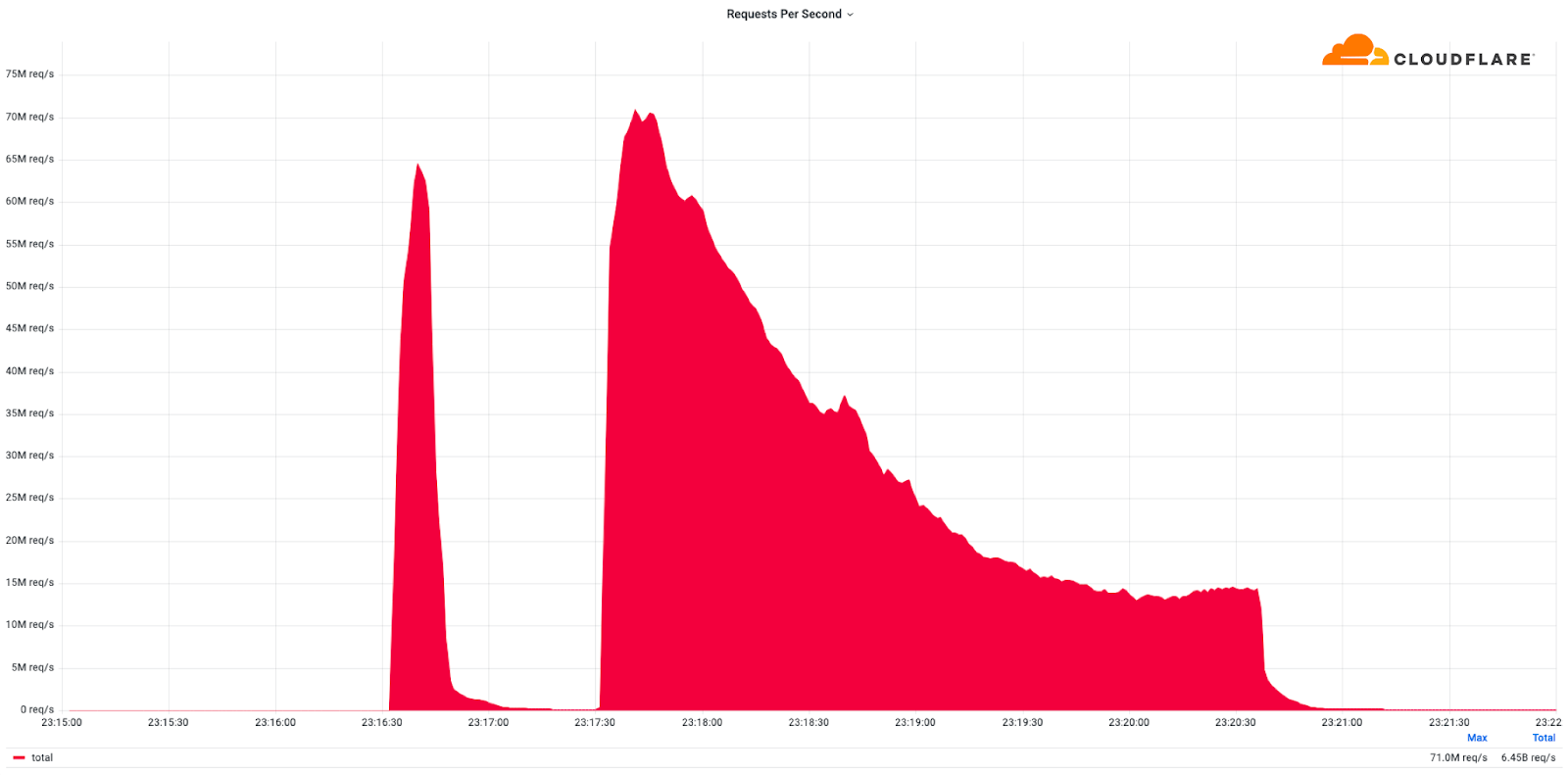0
I surveyed the current state of the art in open-source network emulation and simulation. I also reviewed the development and support status of all the network emulators and network simulators previously featured in my blog.
Of all the network emulators and network simulators I mentioned in my blog over the years, I found that eighteen of them are still active projects. I also found seven new projects that you can try. See below for a brief update about each tool.
Active projects
Below is a list of the tools previously featured in my blog that are, in my opinion, still actively supported.
Cloonix
Cloonix version 28 was released in January 2023. Cloonix stitches together Linux networking tools to make it easy to emulate complex networks by linking virtual machines and containers. Cloonix has both a command-line-interface and a graphical user interface.
The Cloonix web site now has a new address at: clownix.net and theCloonix project now hosts code on Github. Cloonix adopted a new release numbering scheme since I reviewed it in 2017. So it is now at “v28”.
Cloudsim
CloudSim is still maintained. Cloudsim is a network simulator that enables modeling, simulation, and experimentation of emerging Cloud computing Continue reading





